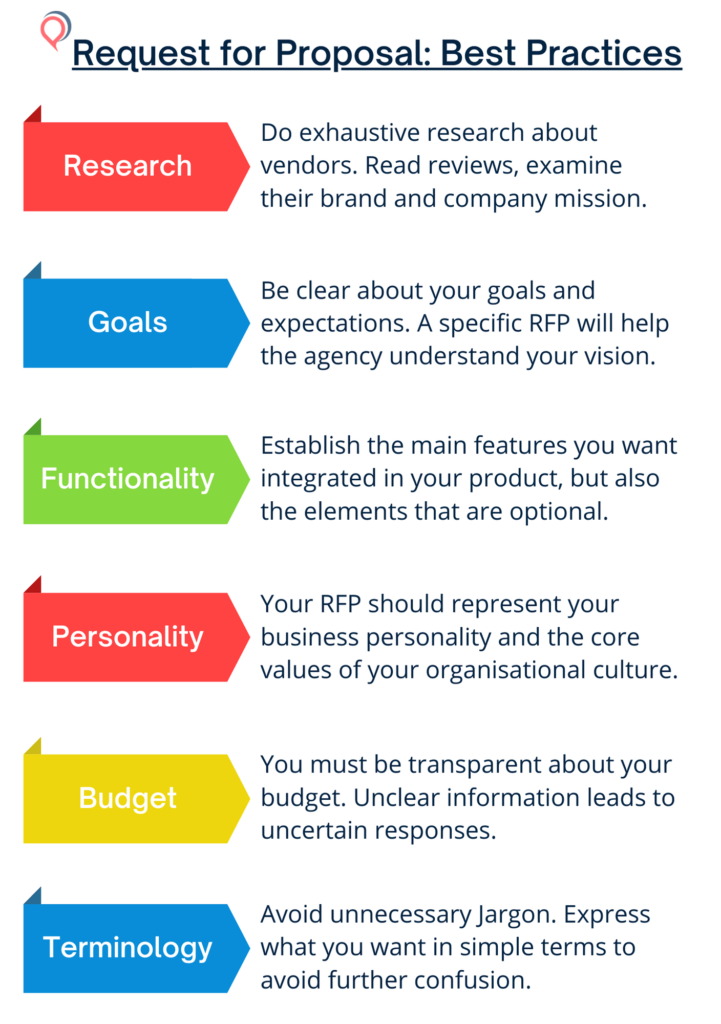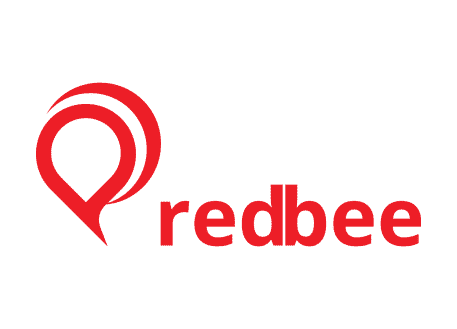If you’re in the market for a mobile app development agency, suitable to handle your mobile project ideas, you need to know how to write an effective mobile app Request for Proposal (RFP). Choosing the right mobile app development agency can be difficult, but a RFP helps you narrow down your options, while also communicating who you are and what your project goals are.
If you are a Business, you might find this article helpful in understanding what is a request for proposal, how to clearly communicate the desired functionalities and why it’s important to write a complete RFP.
Why create a Request for Proposal?
After you come up with an idea, the first step is to determine whether it’s worth pursuing, and to establish that you must ask yourself: Do I have time and money to draft this idea, but also the resources to build it?
The only way to answer this question is by knowing how much a project will cost. This is why a RFP, or Request for Proposal, is rather important, for both you and your potential partner. A request should include as much information as possible, no matter how small or irrelevant you think some details might be. Add it. Remember that the fewer details a RFP has, the less valuable info you will get in the responses you receive.
What is a Request for Proposal?
A Request for Proposal is an early-stage document that outlines the mission, purpose and potential technical requirements of a business or idea. A well-prepared RFP is crucial when encountering a decision-making process because it illustrates the “goods” and the “bads” for both parties from the beginning. It makes it easier for you and your potential supplier to create long-term business relationships and meet each other’s expectations.
Benefits of a RFP
Find Talent – a RFP makes it easier to find qualified professionals to work with. Know your resources and strengths so that you know who to hire to fill your weaknesses. What specialties do you need? Another important mention is that many companies do not respond to poorly written requests for proposals. From this perspective, a well-conceived RFP could increase your chances of collaborating with a top company.
Get Organized – a welcoming side effect of creating an RFP is that it forces your internal teams to get organized. Boiling down the basics for a RFP is harder than one would think, especially when there are multiple teams involved, that’s why this document can be the right tool to get everyone on the same page.
An organized RFP ensures that your team members agree on what they need to build, saving you headaches and risks later.
Time-Saver – a RFP makes it easier to get multiple quotes from multiple resources. If you provide the right information, most development companies should be able to produce ballpark replies in a few business days.
Money-Saving – an organized RFP increases your chances of getting accurate estimates. By listing as much information as possible, you’ll be able to seek multiple bids. By getting at least a few offers, you can more accurately calculate the project costs within the industry range, save billable hours fixing mistakes, and avoid time lost.
Track Progress – if you have investors, a strategic investment as a corporation or a business partner, having a RFP on file helps show your progress before project kickoff and throughout the development process. Reviewing the request during milestone check-ins can help you determine whether the project is moving in the right direction.
Setting up your goals
Before writing an RFP you must understand the goals you want to accomplish.
- Are you trying to get more users?
- Do you plan on increasing the number of downloads?
- Or to create a better in-store experience for customers?
Our advice is to figure out in advance what you want to accomplish from a business perspective and then brainstorm technology solutions for meeting those goals.
Know your Technology
Before you call a product development or programming firm, decide what type of technology fits best with your overall business goals. You may not know the exact answers, but asking yourself the next questions can provide you with substantial data.
- Do you need an iOS app or an application programming interface?
- Will most of your users be web-based or is a mobile approach more suitable for your audience?
- Is your product a custom installation or build?
Get Inspired
Look at similar products for design inspiration. Which apps or software do you find easy to use and why? What works and what doesn’t?
Knowing the type of look and feel you require also helps with the early stages of gathering information to help give anyone responding to your RFP an idea of what look and feel you are seeking.
What to include?
Generally speaking, you should be able to outline the following in your Request for Proposal.
- Business goal
- Basic Platform
- Basic Features
- Budget, if known
- Expectations
Request For Proposal checklist
- Executive summary of the project/Project Purpose
- Company overview
- Targeted audience
- List of tasks or technology needed
- Business deadlines or goals
- Assumptions, limitations or risks
- Proposed budget/scope cost limits

Redbee’s bonus tip
Depending on your industry or business, you may need to set certain dates. For example, if the technology you‘re creating is related to education you need to be aware of the school calendar to launch your product while academic sessions are ongoing. If your app is weather-dependent, ensure your product launches during the right season. It’s important to consider how holidays, social-related matters, and market timing can affect your launch date.
Wrapping up
Ultimately, a well-written RFP will ensure a proper response. The more detail you incorporate, the more chances of receiving compelling responses that illustrate the vendor’s capabilities. A thoughtful RFP helps erase ambiguity and it’s the foundation of a project inclined to develop on time and within budget.



